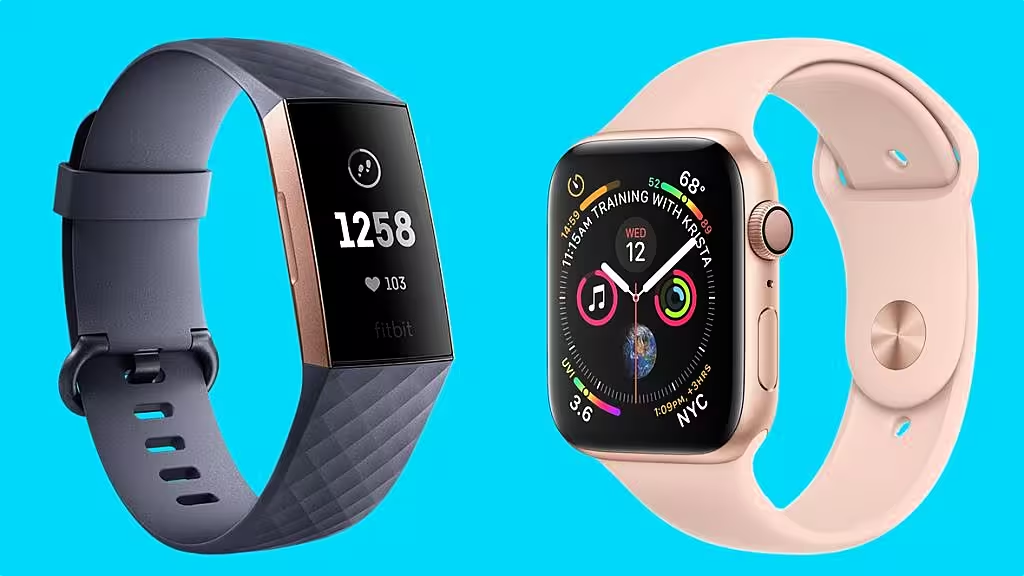There is a chance your Fitbit, Apple Watch, WHOOP or another smartwatch device could mean more to your health than just counting your steps or reminding you to get off your couch.
These fitness trackers/smartwatches are used by millions of people to pair with their smartphones to track various body metrics, from heart rate and temperature to blood oxygen levels.
According to researchers at Harvard University, these devices are so "incredible” that they have the potential to track COVID-19 and other viral diseases if "networked appropriately."
Dr. Michael Mina, an assistant professor of epidemiology at Harvard University said, currently smartwatches are not ready to perfectly detect the coronavirus, but they can get there.
"What's needed first is to really aggregate that data and do supervised algorithms to essentially take all of this data, and then say OK we know that these people got sick and these people didn't, or we know that there was an outbreak here and there wasn't an outbreak here," Mina said.
He believes "subtle differences" in patterns of breathing or heart rate, specifically while someone is sleeping, and thus stable over a longer period, can be an indicator of being sick.
Across the globe this sentiment is being reiterated amongst several other researchers and has prompted studies taking place.

Fitbit wearers can opt in to be part of the PROTECT Study at Stanford University. There, researchers are using data collected from users of Fitbit and three other smartwatches, including the Apple Watch.
Specifically, Dr. Michael Snyder's laboratory at Stanford is studying data from smartwatch users who have a confirmed or suspected case of coronavirus, have been exposed to someone who has a confirmed or suspected case, or are at a higher risk of exposure, such as health care or grocery store employees.
One of the metrics Snyder and his team are focusing on is how a smartwatch can measure heart rate and body temperature.
Heart rate is the number of times a heart beats in one minute. Though it can vary greatly from person to person, the normal resting heart rate for an adult is between 60 and 100. A lower rate means a person is in peak cardiovascular shape. Unusual numbers on the high or low scale could indicate an underlying illness. The challenge is that a heart rate can spike because of various factors including age, smoking, high cholesterol, diabetes, activity, weight and medications.
When you are sick, "your heart rate goes up before you're congested. ... So, worst-case scenario, it goes up around the time you are feeling yucky, but it probably goes up before that, we think," Snyder explained.
Seeing a spike in heart rate coupled with a jump in body temperature -- i.e., a fever -- might be cause enough for someone to stay home, curbing possible transmission of a virus.
WHOOP, another smartwatch, has been part of a research effort focusing on changes in respiratory rate and COVID-19 symptoms in collaboration with the Cleveland Clinic and CQ University in Australia.
There have been previous success stories with smartwatches.
Before the coronavirus pandemic hit, in America tracked data from 200,000 individuals who used a Fitbit between March 2016 and 2018.
Focusing on data from more than 47,000 users in California, Texas, New York, Illinois and Pennsylvania, the researchers published their work in January and found they were able to improve predictions of the flu at the state level.
"So, I think that they're great inventions and I'm excited to see where that data goes and how it ends up becoming used," Harvard's Mina said.












